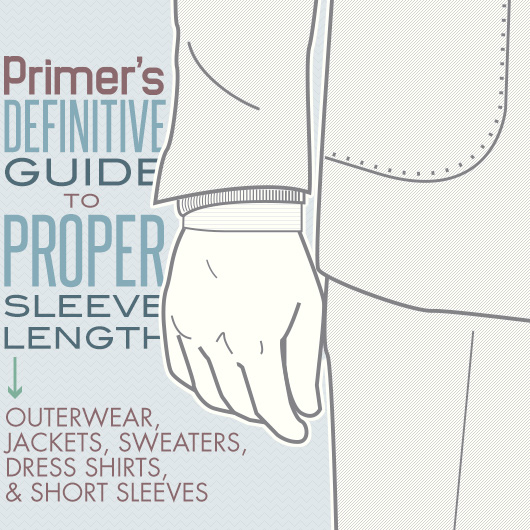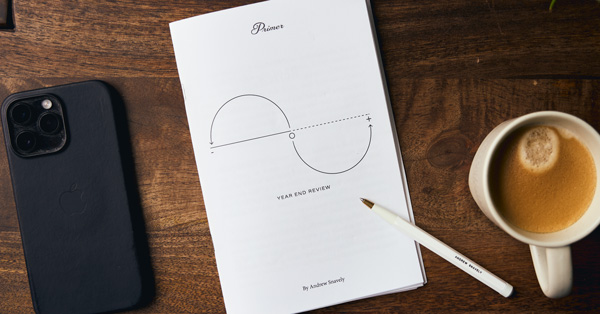We’ve all been told that keeping up with our vehicle’s maintenance is important. If you look in your vehicle’s manual, you see there are enough service reminders and maintenance points to make your head spin. Fortunately, there are a few main areas that will, if you remember to keep up with, keep your car operating safely and reliably for years to come.
Oil
It has been said that oil is the life blood of your car’s engine. This isn’t really accurate because, unless you are really sick, you don’t need to change out your blood. Oil is what keeps your engine’s parts rotating smoothly and working properly. Over time, exhaust gasses from the cylinders and even small bits of metal will contaminate the oil and reduce its effectiveness. Heat from the engine also breaks down the oil. Just like any other fluid, heat will reduce the viscosity (thickness) of the oil. If the oil becomes too thin, it won’t lubricate the engine as well as it should, and parts wear out faster.
The old rule of changing your oil every 3 months or 3,000 miles has thankfully been disbanded. Many modern vehicles can go 5,000 or even 10,000 miles between oil changes. To know how long your particular vehicle can go between oil changes you should consult your owner’s manual. Many newer vehicles even have a complex monitoring system that evaluates your driving habits and various aspects of your oil to determine how long your oil will last.
But, maybe you’re like the majority of young vehicle buyers and you purchased your car second, third, or even tenth hand. The vehicle is not very new and the owner’s manual is long gone. In that case, search the internet for a digital copy. Still no luck? Try and find an owner’s forum. These typically have a maintenance section with recommended service intervals. Often times they also have walkthroughs on how to do the service yourself. The quality varies from forum to forum, but I’ve yet to have to go past page 2 of a Google search to find what I’m looking for.
Air Filter
Breathe in through your mouth. Breathe out. Now, take off one of your shoes and a sock. Now, place your sock over your mouth. Now, breathe in. You didn’t get as much air as the first time and you now feel a little gross right? Well, the same thing happens to your engine when your air filter gets clogged with dirt and dust. A clogged air filter can reduce your gas mileage, your horsepower, and even cause your engine to run rough and stall out.
The frequency of which you will need to change your air filter will vary widely based on two factors. How many miles you drive each year and the atmospheric conditions during those miles. Most manufacturers recommend changing your filter ever 5,000 miles. Personally, I think this is premature. I’ve found the air filters in many of my street vehicles to be fine for anywhere between 7,500 to 10,000 miles. If you drive in severe conditions (rural dirt roads, or urban areas with a lot dust from construction) you will probably need to change the air filter more frequently.
If your vehicle’s engine isn’t in the best of shape (burning oil under the hood) those fumes can contaminate the filter as well. In extreme circumstances, these conditions can cause a filter to become unusable in as little as 1,000 miles. Trust me, I’ve been there.
Brake Pads
Obviously brakes are important, but important does not mean complex. Many people take a hands-off approach to brakes and take the word of any mechanic or dealership flunky as gospel. The only rule for how long brake pads will last is this: There are no rules. How often you need to change your brake pads varies based on your driving style, the type of driving you do, the weight of your vehicle, the quality of the brake pads, and the condition of your brake rotors.
Obviously, if you drive aggressively (tailgate others, hard brake at stoplights, etc.) you will use the brakes more often and wear them out quicker than normal. If you drive in a hilly area or in constant stop and go traffic, you will use the brakes more often and wear them out quicker than normal. Getting the picture?
So, how can you know if you need change your pads? You could take your car into one of the infinite number of shops that offer free brake inspections. Unfortunately, if that shop is even a little less than honest, they will tell you that you need new pads. If you own a BMW or other vehicle from a small selection of German automakers, then your brake pads have an electronic monitor built in. When the pads wears down, a light will display on your dashboard.
Even if you own a Cavalier, you’re still in luck. Almost all brake pads come with a built in wear indicator! This usually consists of a small metal tab on the brake pad. As the pad wears down, this tab comes closer to the brake rotor. When it finally makes contact, you will hear a slight screeching or scraping sound.
Once you hear the scrape, it’s time to change the pads. You don’t have to do it the same day, but try not to let it go too long. If the scraping turns into a rough grinding sound, you need to change those pads now! Running the pads too low can cause damage to your rotors. This causes your brakes to be less effective and could cost you more money in the end.
Tires
The last item on our list is the lowest point on your car. The life expectancy of tires, just like everything else on the list, varies. Personally, I’ve owned several sets of Falken Azenis tires that lasted for less than a year. They were good tires, great actually, but they were built for track days and performance driving and that’s how I used them. I’ve also owned tires that never seem to wear out. The BFGoodrich All Terrain tires on my Jeep have around 20,000 miles on them and they still look brand new. Most normal passenger car tires are rated for between 40,000 and 50,000 miles, but the reality of that is hard to judge. Tires go flat, cars get sold, other problems contribute to premature wear, and heck, after 3 or 4 years you’ll probably forget when you actually bought them anyway.
Tires, like brake pads, have built in wear indicators. Between the treads, there are these tiny little ridges that are 1/16 an inch high. When the tread gets even with these ridges, it’s time to get new rubber. In case you were wondering, the ridges are 1/16 of an inch because that is the minimum safe tread depth for a road going tire. This is also the minimum safe tread depth allowed by law in many states. Check your tires every month or so for wear and damage. It only takes a minute. Run your hand over the tread, especially on the inner and outer edges. If you feel anything weird (uneven ridges, waves, wires!) get your tires checked out by a reputable tire shop.
(Here is everyone’s favorite host, Mike Rowe, explaining tread wear indicators)
http://www.youtube.com/watch?v=eCfaD76dEag
There are plenty of other parts on your car that will require maintenance at some point in your vehicle’s life. Various fluids, bushings, bearings, and engine components all need touching up or replacing from time to time. Some can be ignored for a while, some practically forever. Keeping these four at the top of your check up list will keep your vehicle on the road and safe for a lot longer than you might think.



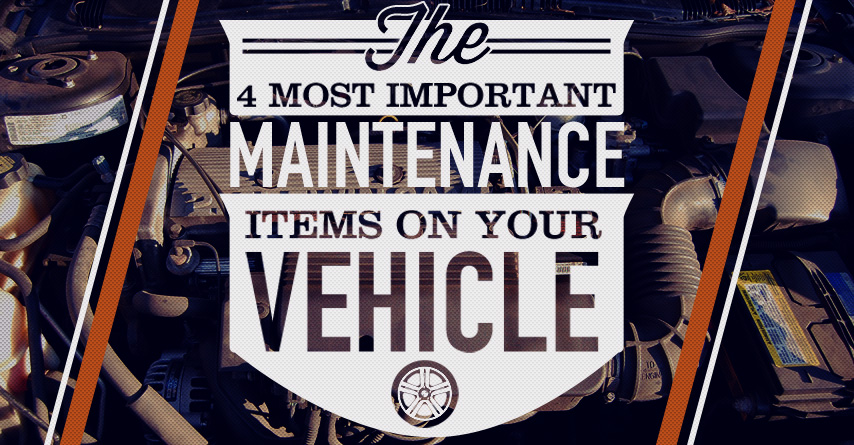
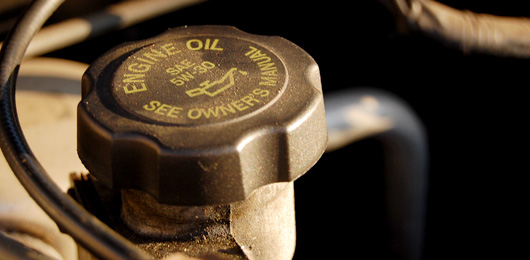
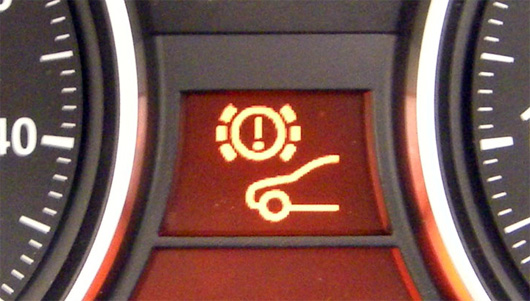
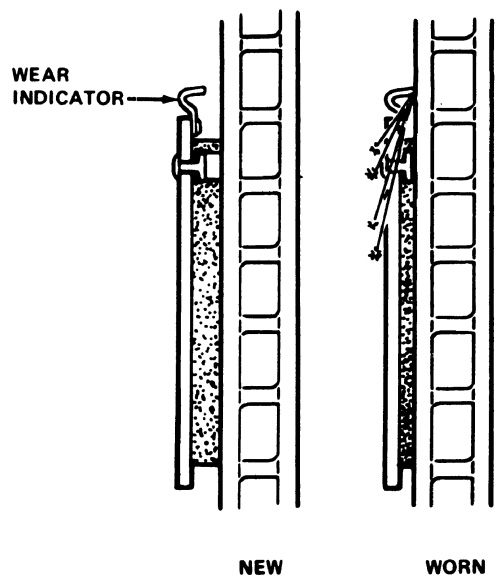
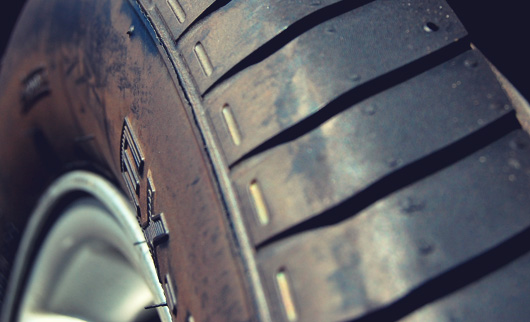


![It’s Time to Begin Again: 3 Uncomfortable Frameworks That Will Make Your New Year More Meaningful [Audio Essay + Article]](https://www.primermagazine.com/wp-content/uploads/2025/01/begin_again_feature.jpg)

